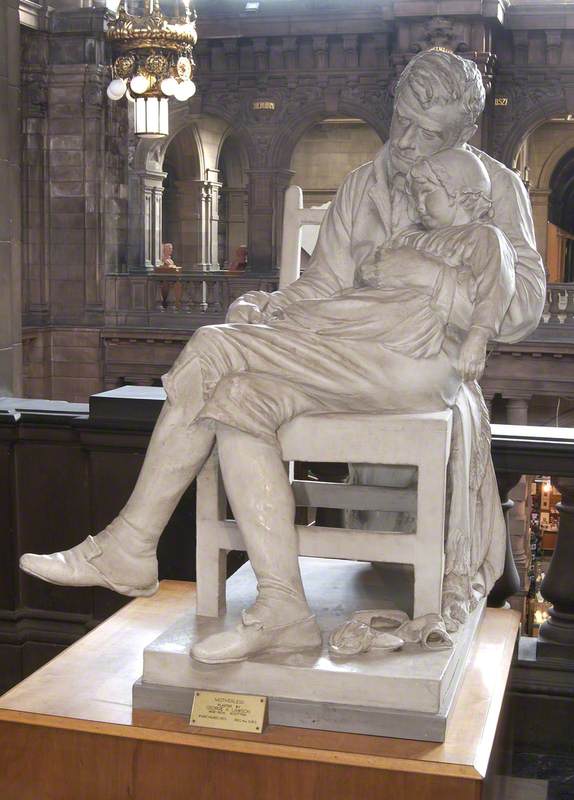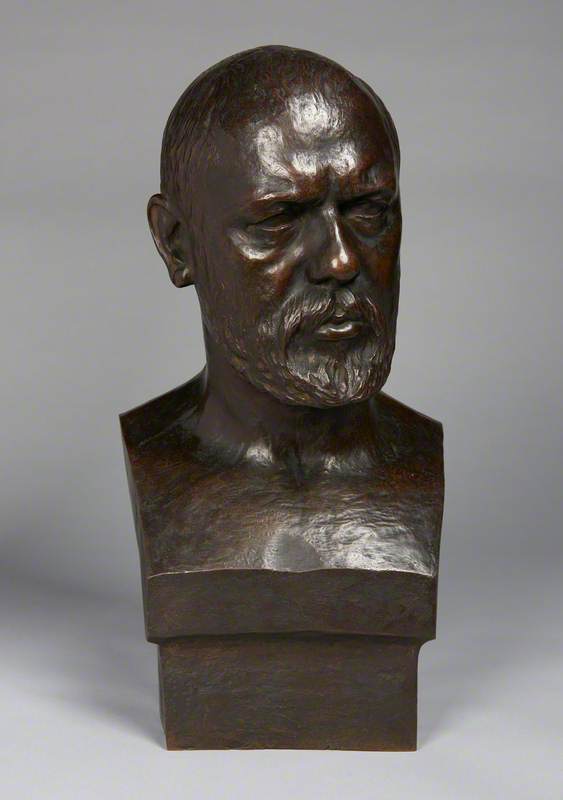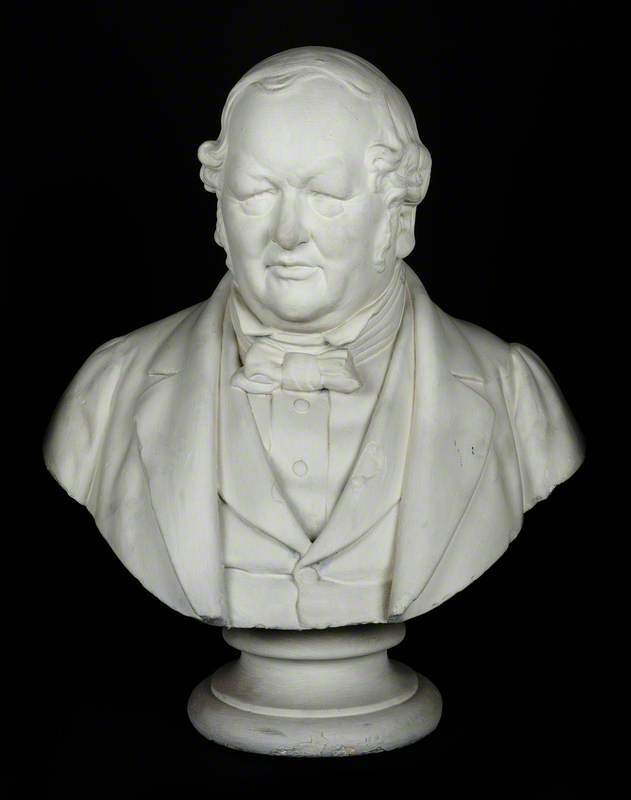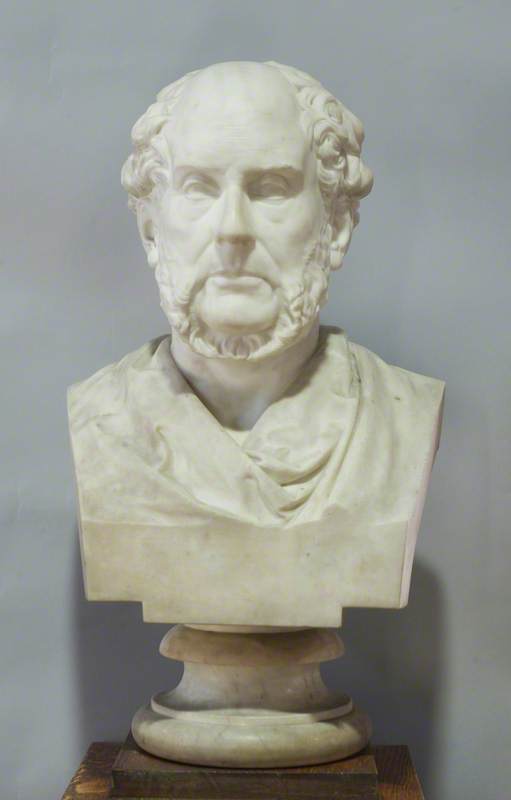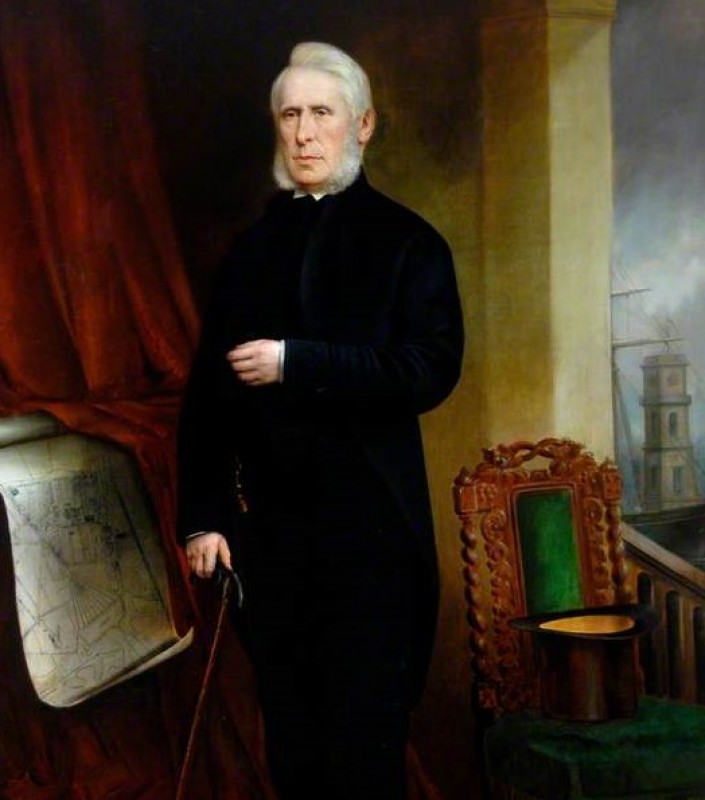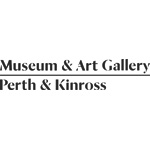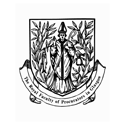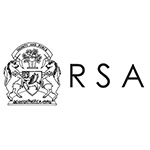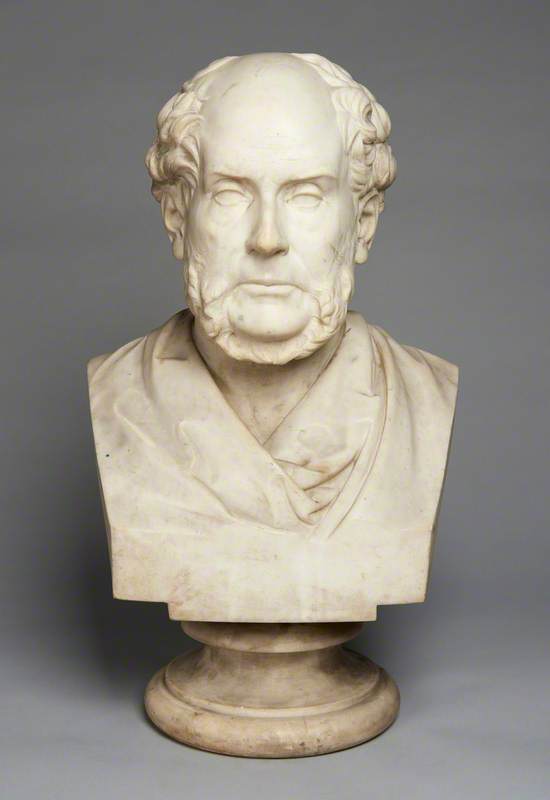
Sheriff Sir Archibald Alison (1792–1867) c.1860
George Anderson Lawson (1832–1904)
Glasgow Life Museums
George Anderson Lawson was born in Edinburgh, Scotland on 3 May 1832. He served an apprenticeship in a studio in Edinburgh while attending a local art school part-time. He then worked in the studio of Alexander Handyside Ritchie (1804-1870) in Edinburgh, and studied at the the Trustees' School of Design in Edinburgh, and was a pupil of a pupil of Robert Scott Lauder (1803-1869). He also attended the Royal Scottish Academy Schools in Edinburgh. Following the completion of his studies he moved to Glasgow. In c. 1861 he briefly visited Rome and possibly Paris,. Following his return to Britain, he married Jane Frier on 28 August 1862 and that year moved to Liverpool where he lived until 1866. During his years in Liverpool, Lawson received his first major commission - a statue for the top of the Liverpool monument to the Duke of Wellington, won in in a limited competition in 1861.
Lawson exhibited regularly at the Royal Academy in London from 1862 to 1893; the Royal Scottish Academy in Edinburgh from 1860 to (posthumously) 1905; and the Royal Glasgow Institute of the Fine Arts from 1870 to 1892. He also exhibited at the Royal Society of British Artists and the Royal Institute of Painters in Water Colours in London; Royal Birmingham Society of Artists; and at the Walker Art Gallery in Liverpool. He participated in the International Exhibition in Glasgow in 1901.
He was elected an honorary member of the Royal Scottish Academy in 1884. Despite being nominated by John Everett Millais, Lawson was unsuccessful in his application to be a member of the Royal Academy in 1869. He also failed on two other occasions.
Lawson died at his home, 21 Church Road, Richmond, Surrey, on 23 September 1904.
Text source: Arts + Architecture Profiles from Art History Research net (AHRnet) https://www.arthistoryresearch.net/
